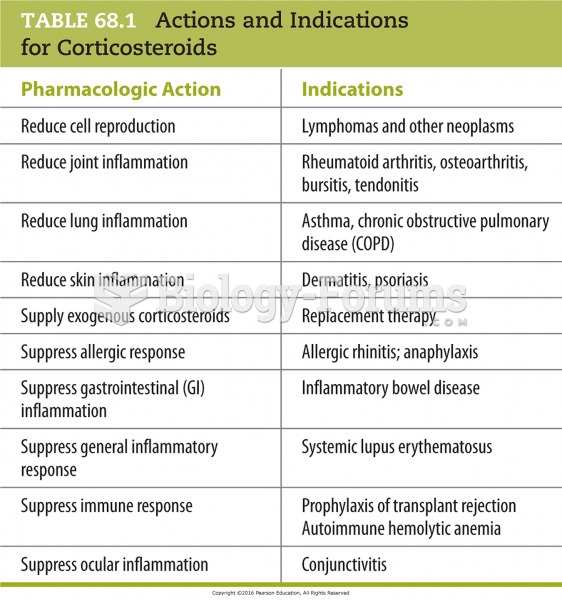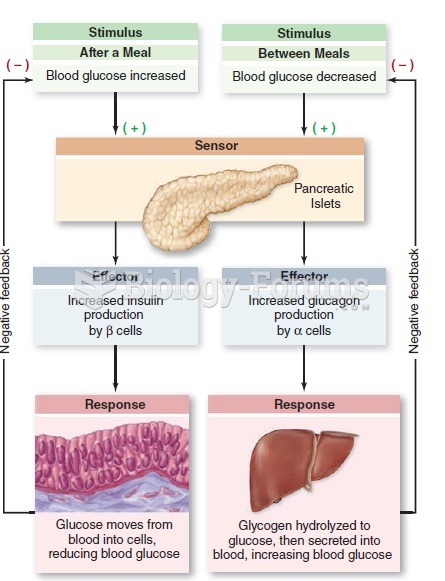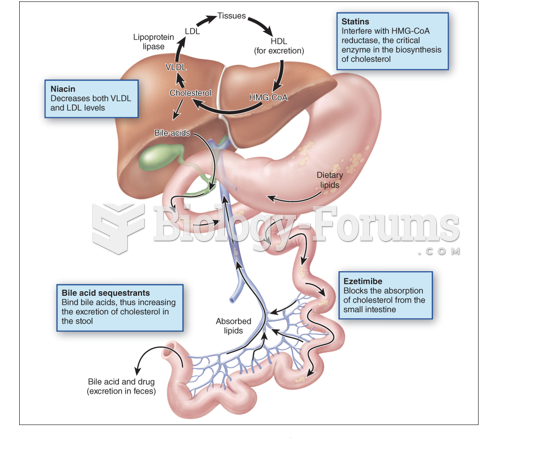Answer to Question 1
The law with respect to disestablishment actions continues to evolve. When they are permitted, there is considerable variation state-to-state in terms of when they may be brought and by whom, whether genetic testing must be conducted prior to or as part of the petition to set aside paternity, and whether or not restitution of past child support payments will be granted. A natural consequence of the availability of DNA testing is that some putative fathers learn with scientific certainty that they are not the biological fathers of children they have been raising and supporting in good faith as their own. In many instances, they have mistakenly formally acknowledged paternity or been adjudicated fathers by the court. Although paternity judgments are binding and not easily challenged, an increasing number of states have determined by statute or case law that, in the interest of fairness, a father faced with such circumstances should be permitted to seek an order vacating an earlier paternity judgment, in effect disestablishing an existing father-child relationship.
Several states, such as Alaska, Georgia, Maryland, and Ohio, have established statutory procedures by which an otherwise legally recognized father can disestablish paternity. Based on the potentially devastating effect of disestablishment on the child, legislatures and courts in some other states have taken a more cautious approach and have expressly not permitted petitions to disestablish paternity. The child, rather than the nonbiological father, is viewed as the victim. Courts in still other states weigh the relative benefits of knowledge of the truth against disruption in the child's life. Factors these courts consider include:
a) the nature and stability of the present home environment
b) whether or not there is an existing relationship with a nonbiological father figure
c) the desire and willingness of the biological father to assume parenting responsibilities
d) whether the child already has established a bond with the biological parent
e) the motive of the party bringing the paternity or disestablishment action
f) the age of the child
g) whether or not the child is uncertain of his or her parentage
h) the child's physical and emotional needs
i) whether or not there exists a compelling medical need to establish the father's identity
Answer to Question 2
The three parties are children, parents, and the government.
The child: The impact of not knowing the identity of a parent can be monumental for a child as he or she grows into adulthood. The answer to the question, Who am I? inevitably rests, at least in part, on the answer to the question, Where did I come from? Even if the answer is not entirely satisfactory, it has many potential emotional, social, economic, and legal advantages for a child:
a) the opportunity to form a bond with the parent and other relatives
b) the chance to discover and appreciate his or her cultural heritage
c) eligibility for a wide range of economic benefits, including, for example, child support, insurance coverage, inheritance rights, workers' compensation allowances for dependents, social security death benefits, veterans' and employer educational and pension survivor benefits, etc.
d) standing to bring certain causes of action, such as for a parent's wrongful death
e) medical benefits, including access to the medical histories of parents and members of their extended families, particularly with respect to potential inheritance and transmission of genetically based diseases and identification of donors for blood transfusions and bone marrow and organ transplants, if needed
The parents: Once established, a parent's status as a mother or father automatically brings with it a variety of rights and obligations that, for the most part, attach whether or not one exercises them. Although much of the legislation and litigation on parenthood focuses on the obligations of parenthood (primarily economic responsibilities), parenthood also brings with it a variety of rights as well as the potential joys and satisfactions of raising children. Parental rights for married parents include, for example, the shared rights to discipline and educate their children and to make decisions regarding medical treatment, religion, place of residence, and social contacts. For unmarried or divorced parents, these rights may be more limited, as they are defined by law and applied by the courts.
The government: The government's interest in establishing parentage is essentially economic. It is motivated less by a desire to provide for the needs of an individual child than it is by an interest in controlling the costs of public assistance. This interest is well founded, given that under the federal definition of poverty, approximately one in five to six children in the United States lives in poverty. This statistic is at least in part due to a lack of economic support from unknown and absent fathers.







